The service life of an automobile engine directly depends on the quality of consumables that are used during its operation. Everything is important: the purity of gasoline, the quality of those used, as well as many other liquids, including engine oil. It is required not only, but also to choose it correctly so that it fully performs the functions assigned to it.
Many motorists do not understand the importance of buying quality engine oil and try to get cheaper options. You can approach the choice of engine oil in this way, but it is worth remembering that only the purchase of a certified product is justified. Almost any well-known brand of oil is counterfeited, and it becomes more difficult to buy high-quality consumables.
 The main task of the oil in the engine is to reduce the wear of parts as a result of their friction against each other. Each major manufacturer of such consumables has several types of oil on sale, which differ in viscosity, chemical composition and mass of other parameters. At the same time, all motor oils can be canonically divided into 3 types:
The main task of the oil in the engine is to reduce the wear of parts as a result of their friction against each other. Each major manufacturer of such consumables has several types of oil on sale, which differ in viscosity, chemical composition and mass of other parameters. At the same time, all motor oils can be canonically divided into 3 types:
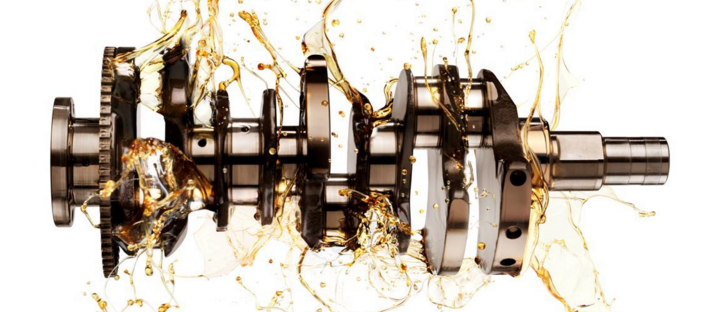
Before reaching the store shelves, the oil undergoes quality control and certification. Based on the conclusion of the commission, the oil manufacturer indicates its viscosity, properties and other parameters on the packaging. This requirement is mandatory, and if there is no data on its properties on the oil bottle, then you have a low-quality fake that is dangerous to pour into the engine.
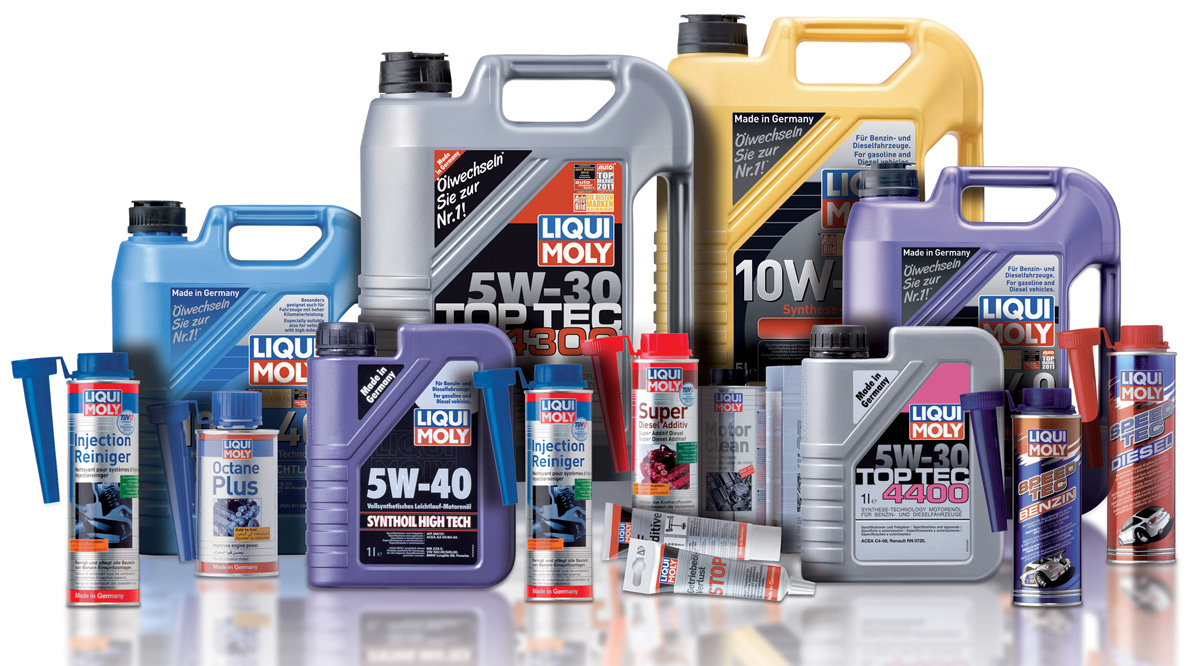 Drivers who care about their car are advised to choose one type of oil that they plan to fill in the car throughout its "life". However, there are a lot of fake oils on the market, and buying a familiar consumable from an unknown store can be fraught with danger. We strongly recommend that before filling the engine with oil, check it. Below are 6 ways to check oil, and it's best to use all of them to make sure the quality of the goods.
Drivers who care about their car are advised to choose one type of oil that they plan to fill in the car throughout its "life". However, there are a lot of fake oils on the market, and buying a familiar consumable from an unknown store can be fraught with danger. We strongly recommend that before filling the engine with oil, check it. Below are 6 ways to check oil, and it's best to use all of them to make sure the quality of the goods.
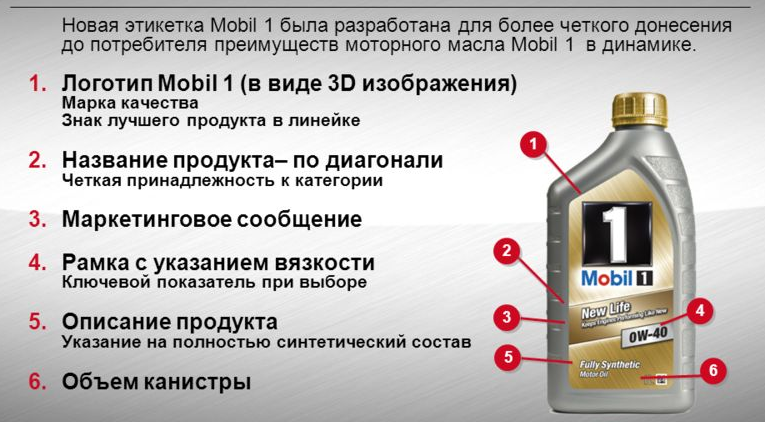 Manufacturers of the lowest quality counterfeit products do not even care about the label, forgetting to put information on it, without which the oils would not be allowed to be sold. Before buying oil on the Internet, we recommend that you familiarize yourself with how the packaging of a product from a particular brand should look like.
Manufacturers of the lowest quality counterfeit products do not even care about the label, forgetting to put information on it, without which the oils would not be allowed to be sold. Before buying oil on the Internet, we recommend that you familiarize yourself with how the packaging of a product from a particular brand should look like.
- Viscosity class, which is determined by the SAE J 300 classification;
- Engine type - gasoline or diesel;
- Oil base: synthetic, mineral, semi-synthetic;
- International standards, such as ACEA A3/B3/B4 API SL/SF;
- Certification marks, for example, information that the oil has certification from specific manufacturers can be applied.
Don't forget to look at the date of manufacture on the oil. Not only the date must be indicated, but also the specific time, as well as the batch number of this product.
Method two: Checking the color
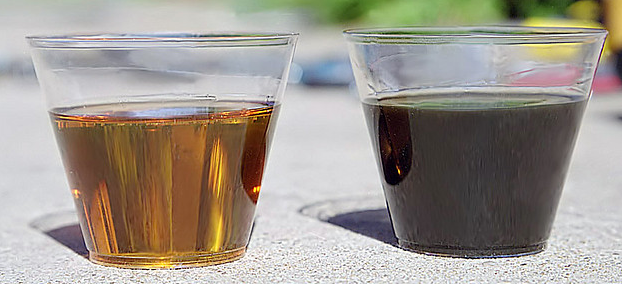 The color of the oil can say a lot. To check it, pour the oil into a transparent container or onto a white sheet of paper. High-quality oil gives off yellowness, while products made without observing technological processes are much darker.
The color of the oil can say a lot. To check it, pour the oil into a transparent container or onto a white sheet of paper. High-quality oil gives off yellowness, while products made without observing technological processes are much darker.
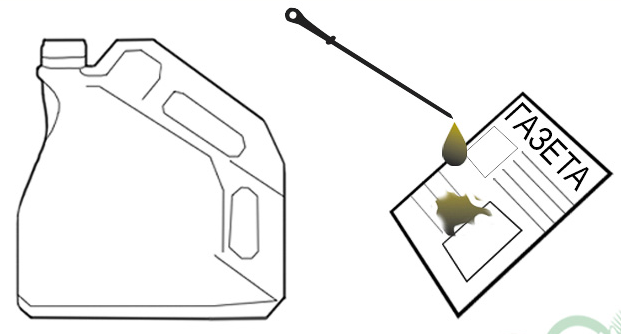 Determining the presence of harmful additives in engine oil is quite simple if you conduct a "paper test". To do this, you will need a blank sheet of paper and a small amount of oil. Take it and pour it on the paper, then put it at an angle and watch how the oil flows. There should be a practically invisible band behind the product. If the trace of the oil is dark, then there are a lot of additives in it, it must be discarded - this is a low-quality product.
Determining the presence of harmful additives in engine oil is quite simple if you conduct a "paper test". To do this, you will need a blank sheet of paper and a small amount of oil. Take it and pour it on the paper, then put it at an angle and watch how the oil flows. There should be a practically invisible band behind the product. If the trace of the oil is dark, then there are a lot of additives in it, it must be discarded - this is a low-quality product.
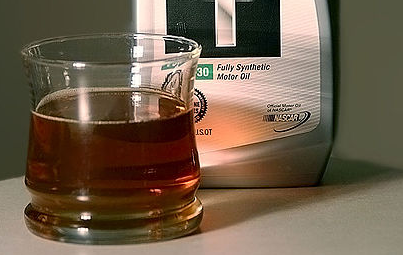 In high-quality oil, sediments should not remain, and it must have a homogeneous structure. You can check this in two ways:
In high-quality oil, sediments should not remain, and it must have a homogeneous structure. You can check this in two ways:
- The easiest way is to put a little oil on your fingers and rub it. If you feel the presence of small impurities, particles or uneven oiliness, you should refuse such a product;
- Experts also recommend a second way to check the structure of the oil. To do this, it must be poured into a transparent container and left in a dark place for 10-15 minutes. After that, in the light, analyze the product for the amount of additives. If the quality of the oil is low, then it will begin to delaminate. Foreign particles can be seen in the container. When the structure of the oil after such a test remains homogeneous, this indicates its high quality.
It is extremely dangerous to pour oil with exfoliating particles of additives into the engine. They can settle on the engine parts and lead to increased wear.
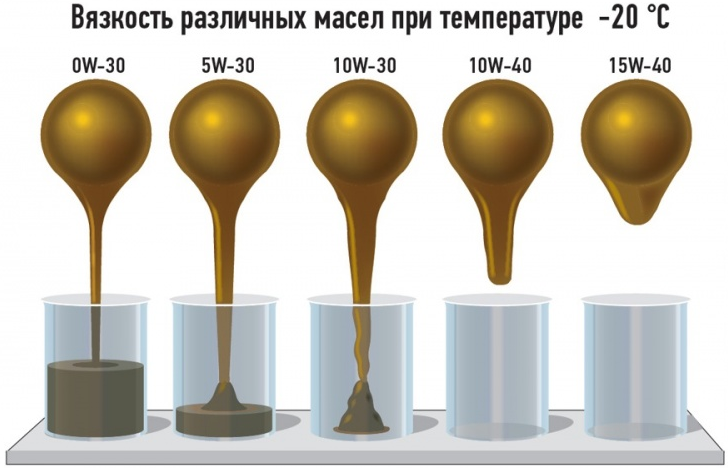 Viscosity is one of the main criteria for oil, but it is quite difficult to check the product for it, especially for motorists with little experience. In addition, different oils behave differently depending on temperature. You can visually check the viscosity of the oil if you freeze it, for example, to minus 20 degrees Celsius, and then look at its “behavior”. Under such conditions, it is easiest to determine the quality of oils by viscosity 10W-30 and higher, less viscous options will behave almost unchanged.
Viscosity is one of the main criteria for oil, but it is quite difficult to check the product for it, especially for motorists with little experience. In addition, different oils behave differently depending on temperature. You can visually check the viscosity of the oil if you freeze it, for example, to minus 20 degrees Celsius, and then look at its “behavior”. Under such conditions, it is easiest to determine the quality of oils by viscosity 10W-30 and higher, less viscous options will behave almost unchanged.







